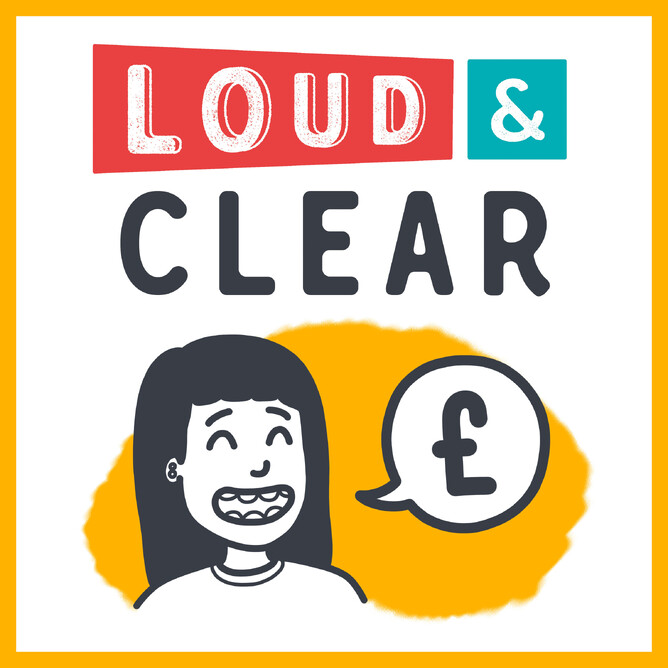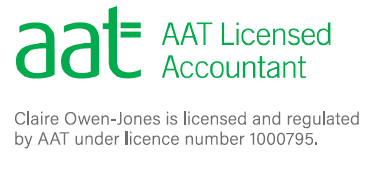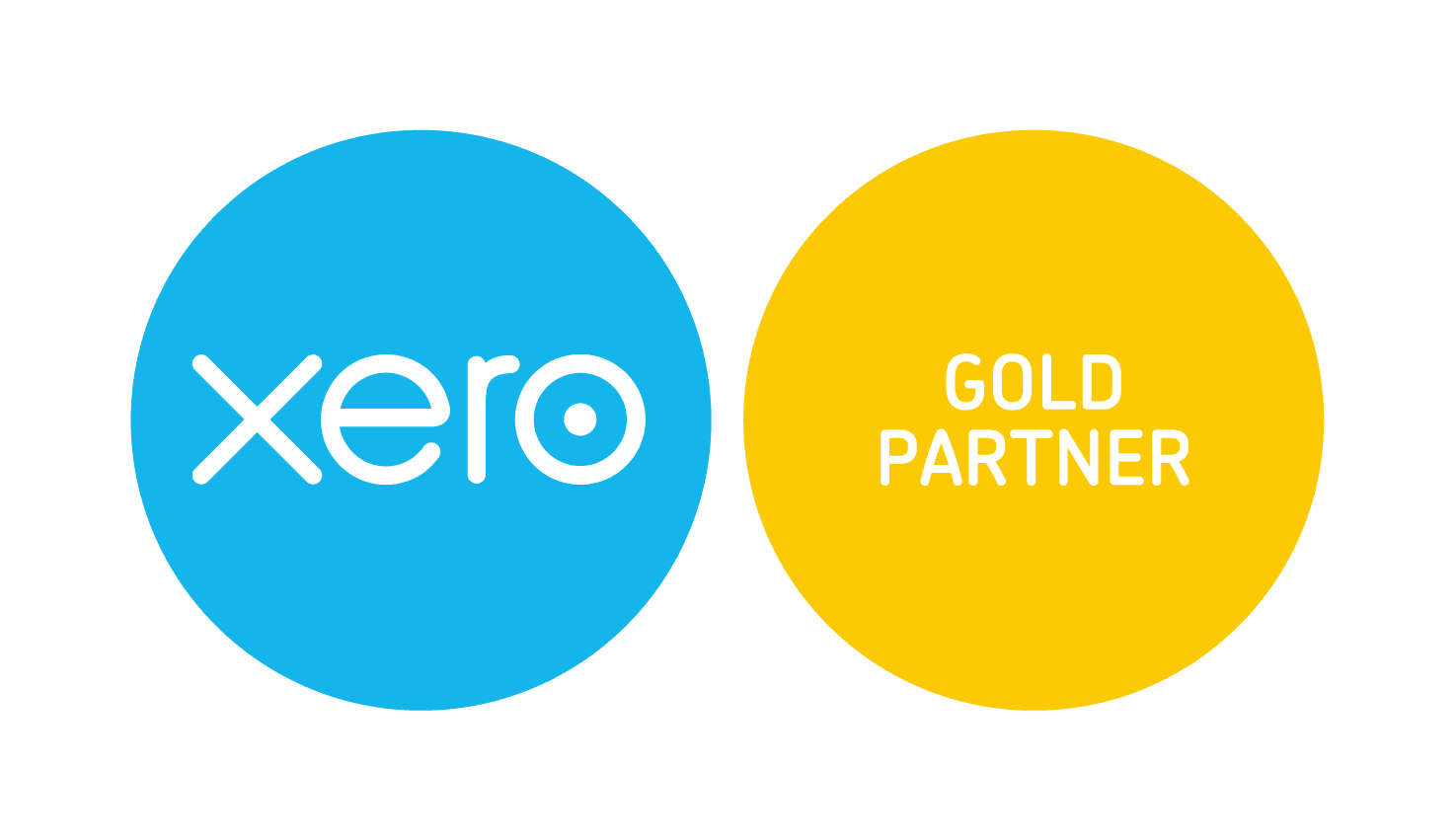Podcast transcription with introduction removed
Now, on your tax return, you will need to tell HMRC all of the income that you received during the tax year, and so the tax year runs from the 6th April to the 5th April the following year, so at the time of recording this podcast, that would be from the 6th April ’22 through to the 5gh April ’23. Now, it may be that your only income during the year was your self-employment, and in that case, that is the only income that needs to go on your tax return, but it could be that you were employed for part of the year, or even that you’ve been employed for the entire year and your self-employment has run alongside that.
If that’s the case, you will be required to complete the employment pages on your self-assessment tax returns, and enter the details, either on your P45 if you’ve left employment during the year, or your P60 if you continued to be employed during the year. Now, don’t worry, entering this information will not mean that you are double taxed. Your employer has already paid the tax on your employment income, assuming you’ve earned over the personal allowance, over to HMRC, but it needs to go on the tax return so that HMRC, when it calculates the tax due on your self-employment income, they will be able to know if you have any available personal allowance.
If you don’t put your employment income on your tax return, when the calculation is generated, HMRC will offset your entire personal allowance against your employment income, so that will reduce your personal tax liability. Whilst this could be quite tempting, HMRC already know your employment income, because as I said, your employer has been submitting the details each month, and if you’ve been paying tax on your employment income, has already paid that tax for you. Once HMRC have officially processed your tax return, they will bring in that employment income, and they will then amend your tax return accordingly. Make sure that that employment income is on your return when you submit it.
Now, there will be a couple of other bits of income that may go on your self-assessment tax return. For example, if you receive dividend income, if you have large amounts of bank interest, if you pay into a pension. It may be that you also started renting a property during the tax year. The tax return is kind of a place to gather together all of your income and then you will pay tax on the untaxed income that you received. As I said, you will not be double taxed on anything that’s already been taxed at source.
Now, to round this episode off, as I said, the tax year runs from 6th April to 5th April, but sometimes that can be a little bit fiddly with your self-employment income, so HMRC will allow you to calculate your self-employment income from the 1st April through to the 31st March, so you don’t need to worry about those odd days if you don’t want to. Now, obviously if you started trading in the middle of the year, so you began trading now, at the time of recording this, it’s July ’22, you will just be reporting from July ’22 through to the 31st March. Equally if you began in March, it will just be the month of March that goes on there as well. You don’t always put a whole year’s worth, it’s just what you’ve earned during that tax year.







